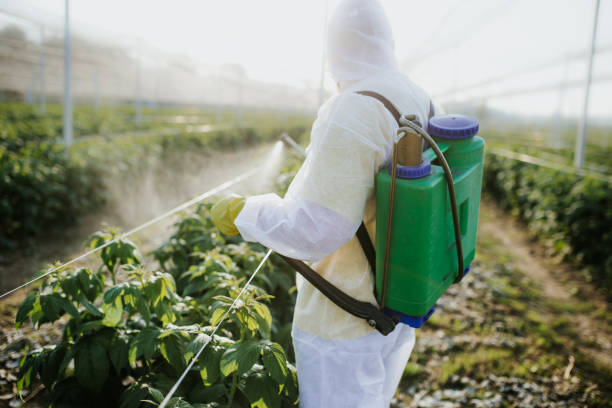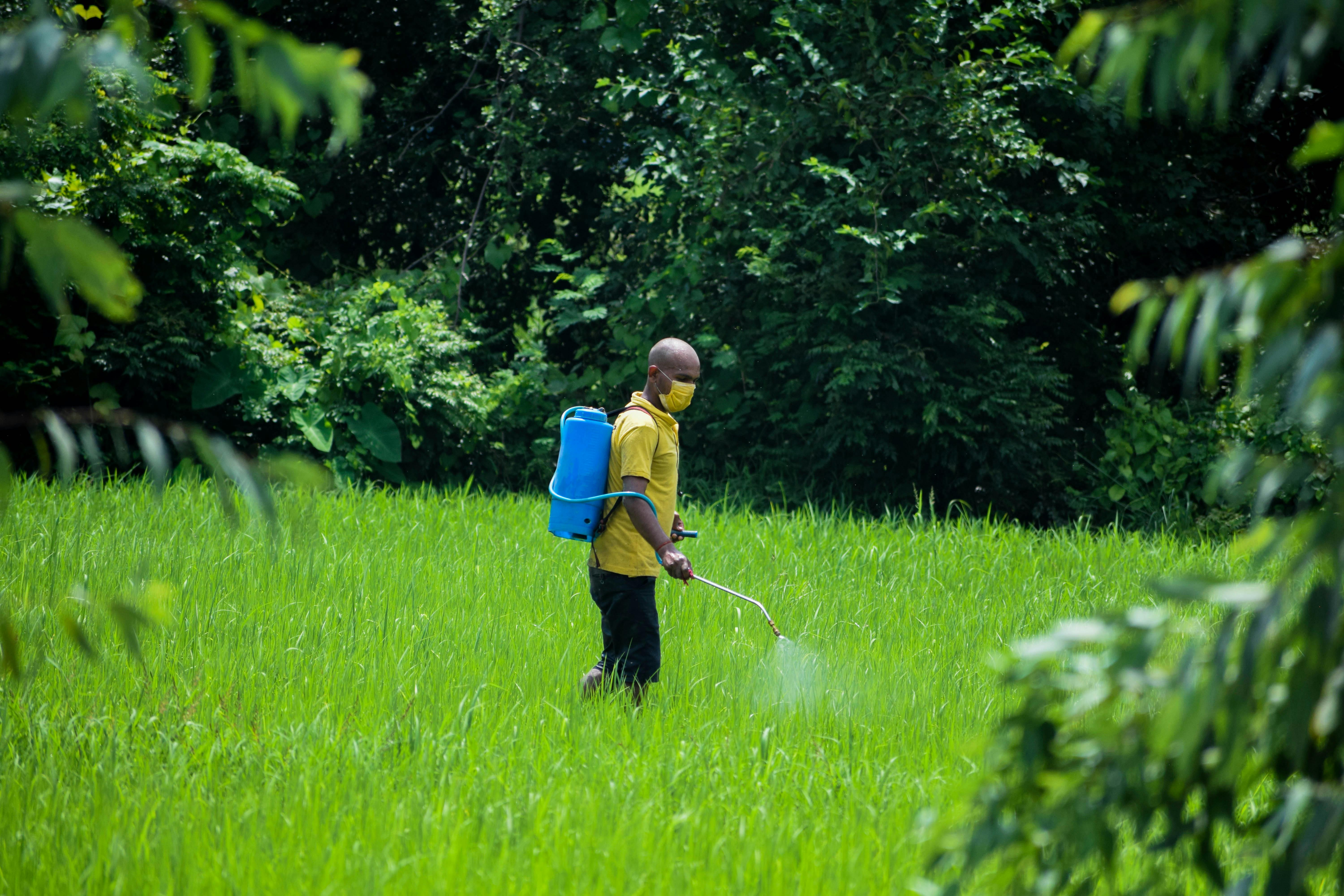All Categories
Featured
Table of Contents

Pesticides, designed to target specific agricultural pests, often inadvertently affect non-target wildlife. The consequences for biodiversity and ecosystem health can be profound and far-reaching.
Research into the consequences of agricultural chemicals on ecosystems has consistently shown adverse effects. Birds, mammals, insects, and aquatic organisms have all been affected, with issues ranging from altered reproductive patterns to mortality.
One of the most alarming phenomena linked to pesticide exposure is the decline in bee populations. Bees, essential for the pollination of many crops and wild plants, have been showing up in fewer numbers, with their ability to return to their hives compromised. This decline not only impacts food production but equally threatens natural vegetative growth.

How Pesticides Threaten the Survival of Wildlife
The direct and indirect impacts of pesticides can lead to toxic outcomes, causing immediate death or long-term health issues. For example, insecticides meant to target pests like locusts and mosquitoes can also cause collateral damage to beneficial insects, upsetting the natural balance in the ecosystem.

Aquatic systems are particularly vulnerable. Runoff from agricultural fields often carries pesticides into aquatic ecosystems, affecting fish, amphibians, and the invertebrates that form the foundation of aquatic food webs. Learn About Pesticide Impacts on Stream Fauna - $46.30
Amphibians, whose permeable skin makes them particularly vulnerable to pollutants, suffer significantly from pesticide exposure. Studies suggest that exposure to even low levels of pesticides in water can lead to anomalies, reproductive issues, and immune deficiencies in these species.
Economic Impacts of Pesticides on Wildlife
The economic implications of pesticide use extend beyond the immediate costs of purchasing and applying these chemicals. Pesticide Impact on Wildlife Populations Loss of crucial pollinators like bees can cause significant declines in crop production, pushing up prices and destabilizing supply chains.
Furthermore, wildlife tourism, which plays a crucial economic role in some areas, can be adversely impacted by the loss of biodiversity due to pesticides. Areas renowned for their natural beauty and diverse species may see a decrease in tourist numbers if the local wildlife is decimated.

Adopting Organic Practices to Safeguard Biodiversity
Switching to organic farming practices represents a feasible solution to the destructive consequences of synthetic pesticides. Organic systems, which eschew synthetic chemicals in favor of natural alternatives, help to preserve biodiversity and enhance the resilience of natural species.
Moreover, organic farming improves the quality of soil and its capacity to retain water, which not only benefits the microorganisms within the soil but also aids in the healthier development of plants. These improvements in habitat quality directly contribute to the vitality of wildlife.
By reducing the dependency on harmful pesticides, organic farming can foster an agrarian environment that enhances wildlife conservation. Such practices not only mitigate the negative impacts of conventional farming but also contribute to a healthier planet overall.
Table of Contents
Latest Posts
Factors Influencing Window Washing Prices in Coral Springs FL
The Consequences of Pesticide Use on Non-Target Species
Sewing Tips: The Ultimate Guide to Sewing Tips and Techniques
More
Latest Posts
Factors Influencing Window Washing Prices in Coral Springs FL
The Consequences of Pesticide Use on Non-Target Species
Sewing Tips: The Ultimate Guide to Sewing Tips and Techniques